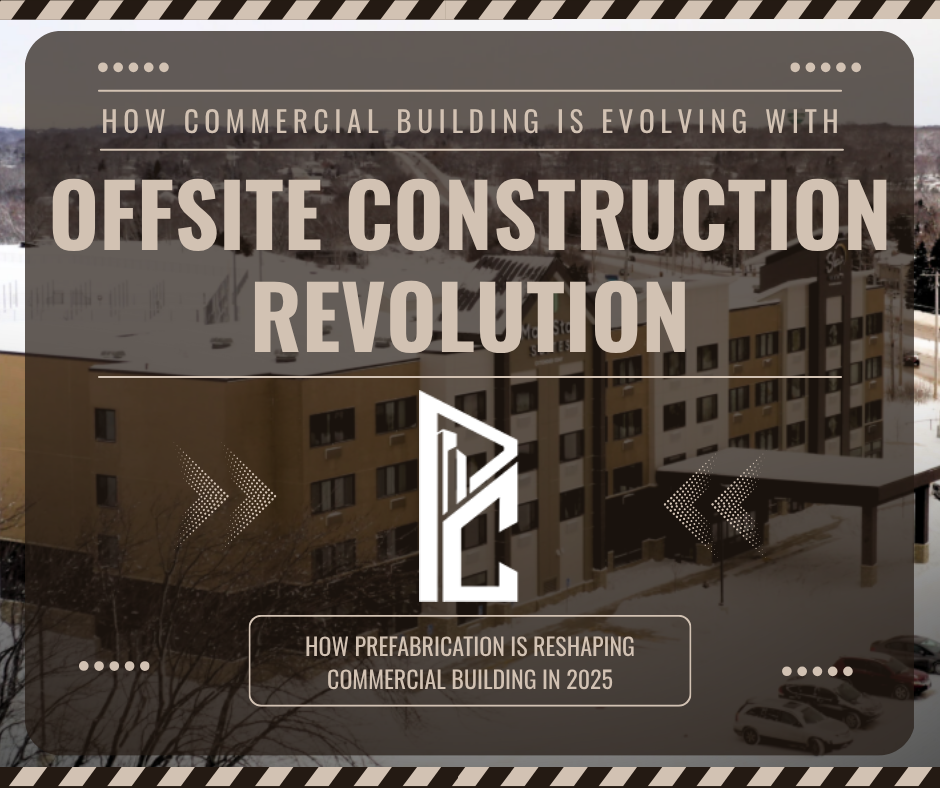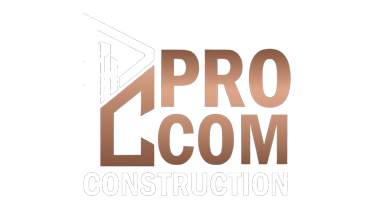
Offsite Construction Revolution: How Prefabrication is Reshaping Commercial Building in 2025
The construction industry is experiencing a seismic shift as offsite construction and prefabrication methods gain unprecedented traction among general contractors and commercial property developers. Recent industry reports from October 2025 reveal that this isn’t just a passing trend—it’s becoming the new standard for managing rising costs and accelerating project timelines.
Why Offsite Construction is Booming Right Now
According to the latest industry data, large-scale developers and general contractors across the United States are increasingly exploring prefabrication to combat two critical challenges: escalating material costs and persistent supply chain disruptions. The numbers tell a compelling story—offsite construction is delivering higher ROI and faster project completion times, generating significant investment interest in modular construction startups.
The Technology Driving the Change
The integration of Building Information Modeling (BIM) and digital twin technologies is revolutionizing how offsite construction projects are planned and executed. These advanced tools allow contractors to:
- Visualize entire projects before breaking ground
- Identify potential issues in the planning phase
- Coordinate complex workflows between offsite fabrication and onsite assembly
- Reduce waste and improve material efficiency
Real-World Impact on Commercial Projects
The shift to offsite construction is being driven by practical realities facing the industry. Rapid urbanization, ongoing labor shortages, and increasing project complexity are pushing developers to seek more efficient building methods. Prefabrication addresses these challenges by:
Reducing Labor Dependencies: With significant portions of construction happening in controlled factory environments, projects become less vulnerable to labor shortages that plague traditional construction sites.
Accelerating Timelines: Offsite fabrication allows multiple building components to be manufactured simultaneously while site preparation occurs, dramatically compressing project schedules.
Improving Quality Control: Factory-controlled environments provide consistent conditions for construction, resulting in higher quality outcomes and fewer defects.
Managing Costs: Despite initial perceptions, prefabrication is proving cost-effective by reducing waste, minimizing weather delays, and optimizing material usage.
What This Means for General Contractors
For general contractors, the message is clear: adapting to offsite construction methods is becoming essential for remaining competitive. The industry is seeing high competition among contractors bidding on projects, and those who can offer the efficiency and cost benefits of prefabrication have a distinct advantage.
Contractors should consider:
- Investing in BIM and digital planning capabilities
- Developing relationships with prefabrication manufacturers
- Training teams on hybrid construction methods
- Educating clients on the benefits of offsite construction
The Investment Opportunity
The higher ROI and faster project timelines associated with modular construction are attracting significant investment capital to the sector. Startups focused on prefabrication technology and modular building systems are seeing increased funding, signaling long-term confidence in this construction method.
Looking Ahead
As we move through 2025 and toward 2030, industry forecasts predict continued growth in offsite construction adoption. The combination of economic pressures, technological advancement, and proven results is creating a perfect storm for transformation in how commercial buildings are constructed.
For property developers and contractors, the question is no longer whether to adopt offsite construction methods, but how quickly they can integrate these approaches into their project portfolios. Those who move early will likely capture the competitive advantages that come with being ahead of the curve.
The construction industry’s evolution toward offsite methods represents more than just a new technique—it’s a fundamental reimagining of how we build our commercial spaces, driven by necessity and enabled by technology.

